Many aspects of the 12 steps of Alcoholics Anonymous (AA) can be humbling.
Step nine, in particular, gets people to work through shame and discomfort as they meet people they’ve hurt face-to-face to apologize. An apology here would be considered part of a person’s direct amends.
How do living amends compare? Are they the right choice for your recovery process? If so, how do you go about making them?
To help you answer these questions, we put together a guide to the living version of step nine.

Table of Contents
Living vs. Direct Amends at a Glance
While living and direct amends might come roughly the same during a recovery journey, they’re not the same.
One focuses on direct contact, while the other narrows in on indirect actions. One is mentioned in the Big Book of AA, and the other isn’t.
The Traditional, Direct Route
Making direct amends is step nine in the 12-step program. That’s when the recovering alcoholic reaches out to people they’ve hurt before getting sober in an attempt to make things right.
Two Forms of Living Amends
There isn’t one solid definition to go by. In fact, there are two ways to look at living amends.
The first is when you take actions (donate, volunteer, etc.) whenever you can’t directly reach out to the affected person. Going by this take, you can think of living amends as a replacement for direct amends in step nine.
On the other hand, some people consider living amends to be a whole sober lifestyle. Regardless if they can or can’t apologize directly, they choose to walk the walk and make better choices. This way, they live the sort of life that doesn’t create the need for more amends later.
For instance, someone who used to spend the holidays drunk might see showing up to every holiday sober as part of their living amends to their family. Similarly, a parent could do their best to prove to their kids that they’re sober and planning to stay this way.
Living Amends as an Alternative Approach to Step Nine
For the next sections, we’ll focus mainly on the first take on living amends (replacing direct amends in certain situations).
After all, you could say that direct amends include the same change in behavior that the second approach to living amends does. If they don’t, then they might just be a hollow performance.

3 Situations Where Living Amends Can Come In Handy
So, people can choose to make living amends when they feel like they can’t (or shouldn’t) reach out to someone directly. Why might that be?
Well, each addiction recovery journey is a little different, and people will change how they tackle step nine based on their unique circumstances. With that in mind, let’s take a look at three possible scenarios:
1. When Direct Amends Do More Harm Than Good
The Big Book only mentions one clear-cut exception for the direct approach of step nine. That would be whenever you believe making direct amends will cause even more damage.
Sometimes, simply contacting a person that you’ve victimized because of your addiction can hurt them again. You might trigger so much pain and stress that they’ve been trying to work through for a while now.
In this case, leaving the person be and opting for living amends could be a wise choice.
Side Note: If the affected person refuses the apologies, some people could switch to the living approach. The idea isn’t necessarily to absolve their sense of guilt but rather to give themselves a chance to work on their behavior through interactions with other people.
2. When You Don’t Actually Know the Affected Person
An Alcohol Use Disorder (AUD) can bring out the worst in people. Maybe you ripped someone off because you needed cash. Or perhaps you endangered someone’s life because you drove under the influence at one point.
Either way, you know you’ve hurt a random stranger and would like to make amends now that you’re sober. But you don’t know their name, and you have no idea where to start looking.
Even if you could somehow track them down, it might not be the best idea to do so. Odds are, you’ll only creep them out because they’ll get worried they have a stalker on their hand.
This would be a great time to opt for living amends.
3. When the Person Has Passed Away
Suppose you knew the affected person personally, but they passed away before you could get to step nine of the program. Some recovering alcoholics would recommend making living amends as an alternative.

Examples of Living Amends
To help you understand what most people mean when they say living amends, we’ve put together a few examples.
- Being nice to a senior neighbor because you hurt an innocent old man/woman back when you were drinking.
- Working hard to make sure you’re an extra cautious driver because you used to endanger people with your driving.
- Volunteering your time or donating money to a non-profit organization and doing it with a specific affected person in mind.

How to Make Living Amends
Approaching step nine can spread anxiety and fear in the hearts of many of those going through the AA program. This is true regardless of whether you choose to take the living or the direct routes.
There isn’t one “right” way to make amends as part of your 12-step program, which might make you even more worried. However, there are a few tips that can help you out.
1. Make Sure You’ve Covered the Previous Step
Before worrying about the “right” approach to making amends, focus on getting through step eight. That’s when the restitution process begins, and you can break down the step into two crucial components:
- Creating a list of everyone you’ve harmed.
- Getting in a mental space where you’re willing to make amends to everyone on the list.
It might be helpful to resort to the moral inventory that you’ve made for step four of the program.
Odds are, your list will begin with loved ones (family members and friends) or previous partners. As you go further, you’ll start adding coworkers, neighbors, acquaintances, and even random strangers.
Take your time with this list. It won’t be easy, and you’ll likely feel waves of regret washing over you. This can be a sign that you’re working on your sense of morality.
And when you’re done, sit down and reflect on the names. Make sure that, deep down, you’re willing to make all the necessary amends. This should help you develop boundaries and clean “your side of the street.”
Don’t go on apologizing to anyone just yet. The goal at this point is simply to become willing to make your amends when the time comes.
2. Talk to Your Sponsor
After completing step eight, you’ll have to categorize the names based on the sort of amends you can (or can’t) make.
How do you decide who gets direct amends, who gets partial amends, and when making living amends is the way to go? Well, your sponsor (or treatment counselor) can help you with the categorization.
The key is to be completely honest. If you’re in doubt about a specific name on the list, tell your sponsor the whole story. This way, they can help you decide if direct contact is a good idea.
3. Know That Living Amends Should Never Be a Cop-Out
Sometimes, living amends get a bad rap because people see it as a cop-out. They think a person will choose them over the usual, direct route to avoid the shame or embarrassment of saying sorry.
Just keep in mind that you should never use the concept of living amends to run away from an apology.
Living amends have their time and place. You have to be honest with yourself about whether you have a valid reason to opt out of direct amends.
4. Be Ready to Redo the Steps
As time passes, more of your mistakes might be revealed, and you’ll realize you still have messes to clean up.
So, don’t feel bad if you have to deal with more living amends later. It’s all part of your recovery process.

Get the Guidance You Need Today
No matter how ashamed you are about the mistakes you’ve made, you’re still not your disease. Making your amends will help you get the sense of relief and hope you’re looking for.
But whether you choose to make living amends or traditional direct amends, there’s no denying that the ninth step doesn’t exist in a vacuum.
You still need to seek addiction treatment, work the program, and commit to sober living. It’s hard work, but it’s the sort of hard work that leads to growth.
If you’re feeling stuck, get in touch with our team today. Long Island Interventions can help you find AA groups and 12-step programs near you.
Helpful Resources
Published on: 2025-04-26
Updated on: 2025-04-28

